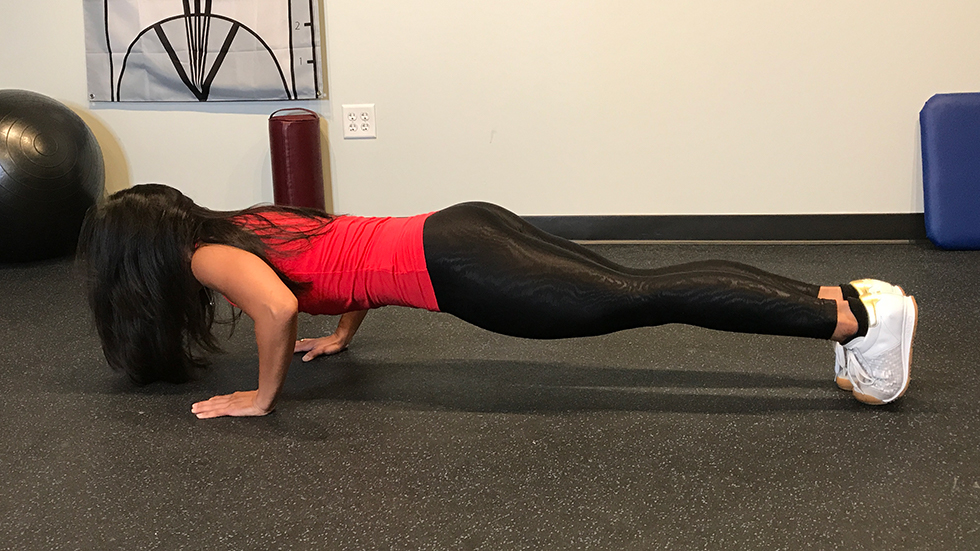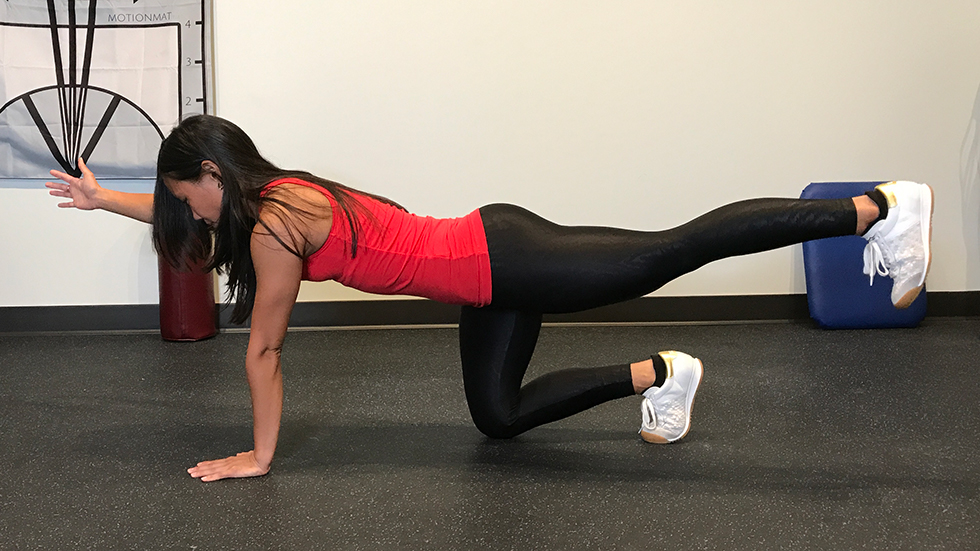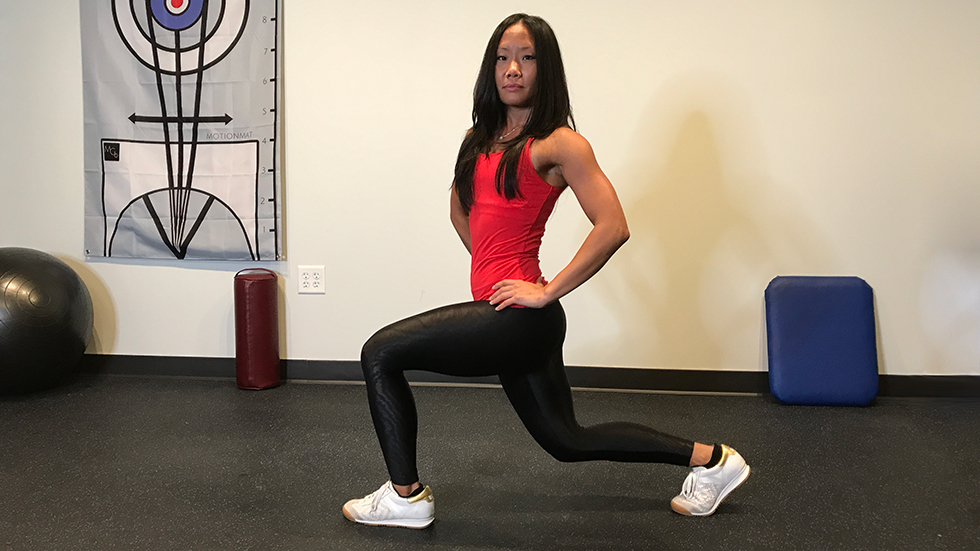Functional Fitness for Tennis Players
Tennis is a great game for staying in shape. The fitness you develop from a tennis game has an added bonus: It carries over into the rest of your life. By playing tennis, you also improve your functional fitness or your ability to do ordinary things, like carry a sack of groceries in from the car or climb a flight of stairs. The better your functional fitness, the better you can get through all the usual activities of your typical day with ease—and with energy left over for tennis.
Exercises to build functional fitness aim to mimic the activities of daily living by working several muscle groups at once. They’re designed to improve your strength, flexibility, endurance, range of motion, and balance, because you need all those abilities every time you do something like pick up a toddler, or reach for something on a high shelf, or carry a briefcase. Because they build overall fitness, they’re also great for your tennis game!
Exercises for functional fitness
Functional fitness exercises focus on building a strong core and then working several major muscles groups of the body at once. The five exercises I suggest here are a good basic workout that doesn’t require any special equipment—you’re going to use just your body weight. Plenty of other exercises also build functional fitness, so once you’ve mastered these, change up your routine by swapping some other exercises in and out.





